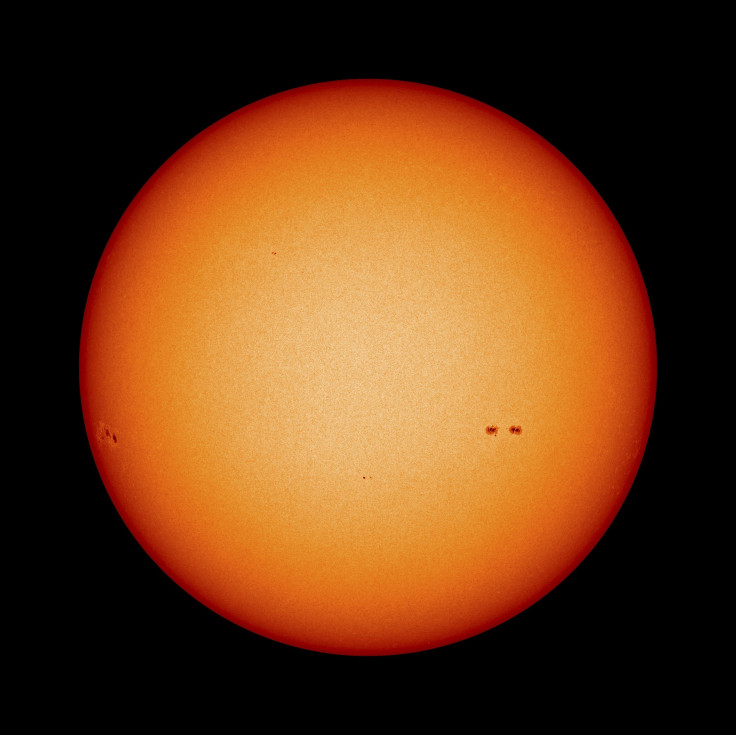Sun has gone totally spotless and that's bad news for Earth

Climate experts have predicted that the Earth may be heading towards a mini Ice Age as the face of the sun has “gone blank.” The chilling warning is based on the analysis of the solar surface that is currently exhibiting a distinct lack of action. If this happens, it might be similar to the “Game of Thrones” winter, made popular by the show's catchphrase: "Winter is coming.”
A meteorologist at Vencore Weather, Paul Dorian, has stated that the sun has gone completely blank for the second time this month. He explained that this is a sign that the next solar minimum is approaching. This would mean an increasing number of spotless days over the next few years.
Generally, the face of the sun is marked by sunspots. However, scientists have spotted that the surface is totally smooth now. This may bring in a long shivering cold patch.
The lack of sunspot activity has spread fears that it will prompt the arrival of a very cold period on Earth like that of the Maunder Minimum, which started in 1645 and continued till about 1715. This period is known as the Little Ice Age.
“At first, the blankness will stretch for just a few days at a time, then it’ll continue for weeks at a time, and finally it should last for months at a time when the sunspot cycle reaches its nadir,” Dorian said in a Vencore Weather statement.
Professor Valentina Zharkov suggested last year that a similar incident would hit Earth in the 2030s. She predicted that the sun’s activity would drop by 60 percent in the next mini Ice Age that would result in minor disasters and crop failures on Earth. She was most-confident about her research, which she claimed was backed by reliable data and mathematical background.
Zharkov was so confident about her research that she said that other researchers can repeat the research with similar data available in many solar observatories, writes The Sun.





















